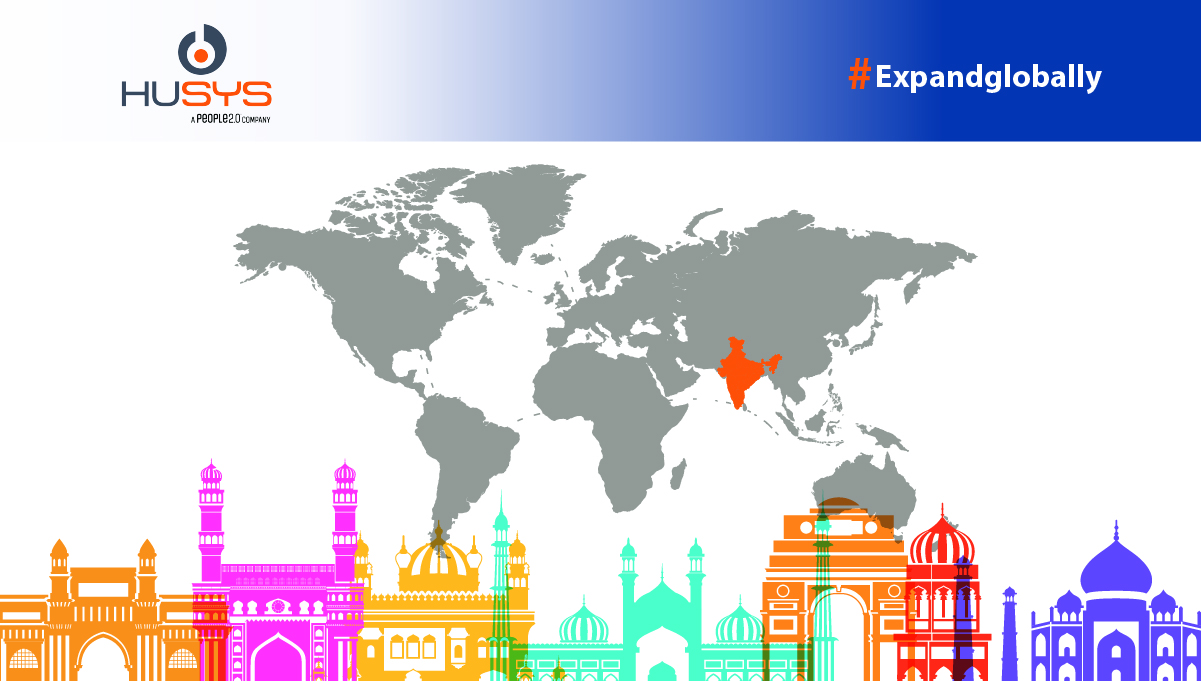Managing a global workforce can be complex, with factors like cultural differences, legal requirements, and effective communication posing significant hurdles. Besides, the best candidates are off the market in ten days, making it imperative for brands to create robust strategies to attract them.
But don’t worry. We’re here to guide you through. Whether expanding to just one country or hiring top talent from across the globe, this blog is for you.
We’ll discuss everything from understanding the global workforce trends and steps to hiring foreign employees to leveraging Employer of Record (EOR) services. Let’s dive in and optimize your global workforce for success.
4 Trends That Affect the Global Workforce
When hiring globally, it is crucial to understand the trends that could potentially impact your plans. This will enable you to create strategies that can overcome these roadblocks. Here are four trends that you must prepare for.
Remote Work and Virtual Teams
With technological advancements and changing attitudes toward work-life balance, remote work has gained significant momentum. This indicates that the ability to work from anywhere has expanded talent pools and necessitated new collaboration and communication approaches.
Skills Shortages and Talent Competition
In today’s highly competitive business landscape, skills shortages and talent competition pose significant challenges for companies worldwide. Many industries face a scarcity of qualified professionals in key roles, making it essential for organizations to broaden their search for talent beyond their local markets. Furthermore, retaining top talent requires companies to showcase a compelling employer brand and provide enticing opportunities for professional growth.
Workforce Flexibility and Gig Economy
The rise of the gig economy has given rise to a more flexible workforce, with independent contractors and freelancers contributing their expertise on a project basis. Leveraging the gig economy can give businesses access to a diverse talent pool, offering unique perspectives and expertise.
Technological Advancements and Communication Tools
Rapid technological advancements have revolutionized the way teams collaborate and communicate globally. Video conferencing, project management tools, and instant messaging platforms enable seamless interaction across time zones, facilitating efficient teamwork and eliminating geographical barriers.
Embracing and leveraging these technological advancements empowers businesses to establish efficient and effective global communication channels, breaking down barriers and enabling seamless collaboration among team members across different locations.
How To Manage a Global Workforce?
Managing a global workforce comes with unique challenges, but the right strategies and practices can increase productivity, innovation, and business growth. Here are key considerations for effectively managing your global team.
Communication and Collaboration
Establish clear and efficient communication channels to bridge geographical distances and time zones. Utilize video conferencing, instant messaging, and project management tools to foster real-time collaboration. Encourage open and transparent communication among team members to facilitate knowledge-sharing, problem-solving, and relationship-building.
Cultural Understanding and Sensitivity
Recognize and respect cultural differences within your global workforce. Invest in cross-cultural training to enhance understanding and promote inclusivity. Encourage an environment where diverse perspectives are valued, fostering creativity and innovation. Be aware of cultural nuances when setting expectations, giving feedback, and recognizing achievements.
Goal Alignment and Performance Management
Clearly communicate organizational goals and ensure alignment across global teams. Implement performance management systems that provide regular feedback, set achievable targets, and recognize accomplishments. Regular performance evaluations and goal tracking help maintain accountability and drive continuous improvement.
Professional Development and Training
Provide opportunities for professional growth and skill development within your global workforce. Offer training programs, workshops, and mentoring to enhance employee capabilities and adaptability. Encourage knowledge sharing and cross-training to build a versatile team that can handle diverse tasks and responsibilities.
Team Building and Engagement
Foster a sense of unity and camaraderie among global team members. Organize virtual team-building activities like online games, coffee breaks, or collaborative projects. Encourage cross-team collaboration and celebrate milestones to strengthen relationships and build a cohesive global team.
Global HR Policies and Compliance
Establish consistent and compliant HR policies across all locations, considering local labor laws and regulations. Ensure fair and equitable treatment of employees, regardless of their geographical location. Stay up to date with changes in labor laws and comply with legal requirements for employment, benefits, and taxation.
Leadership and Support
Provide effective leadership and support to your global workforce. Assign experienced managers who can navigate cultural differences, build strong relationships, and provide guidance to team members. Foster a supportive work environment where employees feel valued, engaged, and empowered to contribute their best work.
5 Steps for US Companies To Hire Foreign Employees
Expanding your workforce internationally by hiring foreign employees requires careful planning and adherence to legal requirements. Here are five essential steps for US companies to successfully hire foreign employees.
Step 1 - Determine Hiring Needs and Market Research
Assess your company’s specific hiring needs and identify the countries or regions where you plan to recruit. Conduct thorough market research to understand labor availability, skill sets, salary expectations, and cultural considerations. This information will guide your recruitment strategy and help you target the right talent pool.
Step 2: Understanding Local Labor Laws and Regulations
Familiarize yourself with the target country’s labor laws, regulations, and employment practices. Each country has legal requirements concerning employment contracts, working hours, minimum wage, benefits, and termination procedures. Seek legal advice or consult with local experts to ensure compliance with all applicable laws.
Step 3: Navigating Immigration Processes
Research and understand the immigration processes and requirements for hiring foreign employees. This includes obtaining the necessary work permits, visas, and any other documentation needed for legal employment. Consider working with immigration attorneys or consultants specializing in international employment to navigate complex procedures effectively.
Step 4: Recruitment, Selection, and Onboarding
Develop a comprehensive recruitment strategy tailored to the target country’s culture and job market. Advertise job openings through local channels and utilize recruitment agencies, professional networks, and online platforms. Conduct thorough candidate screenings, interviews, and reference checks to ensure the right fit for your company. Once selected, create a structured onboarding process to help new hires integrate smoothly into their roles and the company culture.
Step 5: Establishing Effective Global Communication and Collaboration
Implement communication tools and platforms that facilitate seamless collaboration across different locations and time zones. Video conferencing, project management software, and instant messaging applications enable effective communication and coordination among team members. Foster a culture of cross-cultural understanding, inclusivity, and teamwork to create a harmonious and productive global workforce.
EOR in Foreign Country
An employer of record is a third-party service provider that acts as the legal employer for your foreign workforce. They handle payroll, benefits administration, tax withholding, and compliance with local labor laws and regulations on your behalf. The EOR serves as an intermediary, enabling you to engage foreign employees without establishing a legal entity in the foreign country.
Here are some benefits of Using an EOR in a foreign country.
- Ensure compliance with local labor laws, regulations, and employment practices.
- Simplify administrative tasks, payroll processing, tax compliance, and employment contracts.
- Expedite hiring, adapt quickly to market demands, and maintain workforce flexibility.
- Leverage deep knowledge of the local labor market, cultural norms, and business practices.
- Minimize legal risks associated with employment law compliance, tax obligations, and HR management.
However, when selecting an EOR, consider factors such as their experience in the target country, reputation, service offerings, pricing structure, and ability to provide comprehensive support tailored to your specific needs.
Conclusion
Creating a global workforce has become the need of the hour. However, businesses must create a robust strategy to hire talent globally. It should include defining hiring needs, understanding local markets, navigating immigration processes, and establishing effective communication channels. Additionally, consider partnering with an EOR provider like Husys to speed up global hiring without creating an entity in a foreign country.
Not sure how EOR services can help build a global workforce? Connect with our team to understand it!

















